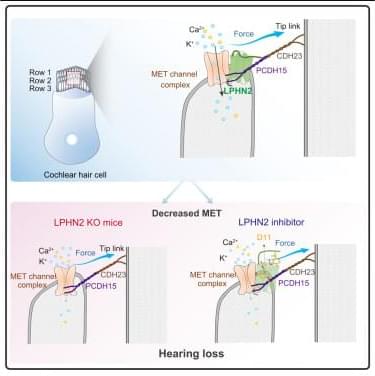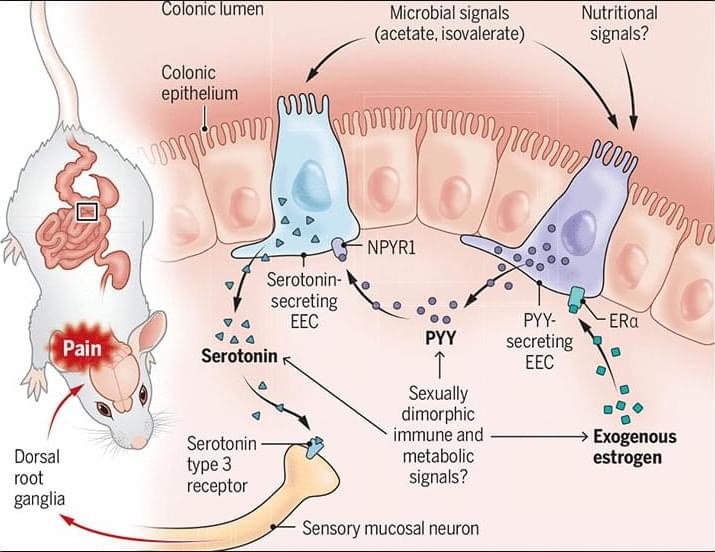Toledo, B., González-Titos, A., Hernández-Camarero, P. et al. Impact of pancreatic proenzymes on pancreatic ductal adenocarcinoma associated fibroblasts. Sci Rep 15, 43,750 (2025). https://doi.org/10.1038/s41598-025-24863-2


Toledo, B., González-Titos, A., Hernández-Camarero, P. et al. Impact of pancreatic proenzymes on pancreatic ductal adenocarcinoma associated fibroblasts. Sci Rep 15, 43,750 (2025). https://doi.org/10.1038/s41598-025-24863-2



The mechanosensitive LPHN2 expressed at the tips of stereocilia in cochlear hair cells is identified as a modulator in the auditory process by interacting with MET channel components, which contributes to the Ca2+ response and neurotransmitter release in cochlear hair cells in response to mechanical stimulation.

Diamonds aren’t quite forever… but they’re damn close.


A previously unrecognized estrogen-dependent signaling pathway in the gut regulates visceral pain sensitivity in mice, according to a new Science study. The findings provide a pathway toward targeted therapeutic strategies.
Learn more in a new Science Perspective.
Estrogen tunes a cross-talk between hormone-secreting cells in the mouse gut to regulate visceral pain.
Amélie Joly and Irene Miguel-Aliaga Authors Info & Affiliations
Science
Vol 390, Issue 6779

Stuck in front of our screens all day, we often ignore our senses beyond sound and vision. And yet they are always at work. When we’re more alert, we feel the rough and smooth surfaces of objects, the stiffness in our shoulders, the softness of bread.
In the morning, we may feel the tingle of toothpaste, hear and feel the running water in the shower, smell the shampoo, and later the aroma of freshly brewed coffee.
Aristotle told us there were five senses. But he also told us the world was made up of five elements and we no longer believe that. And modern research is showing we may actually have dozens of senses.
